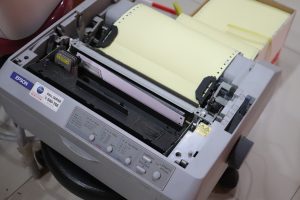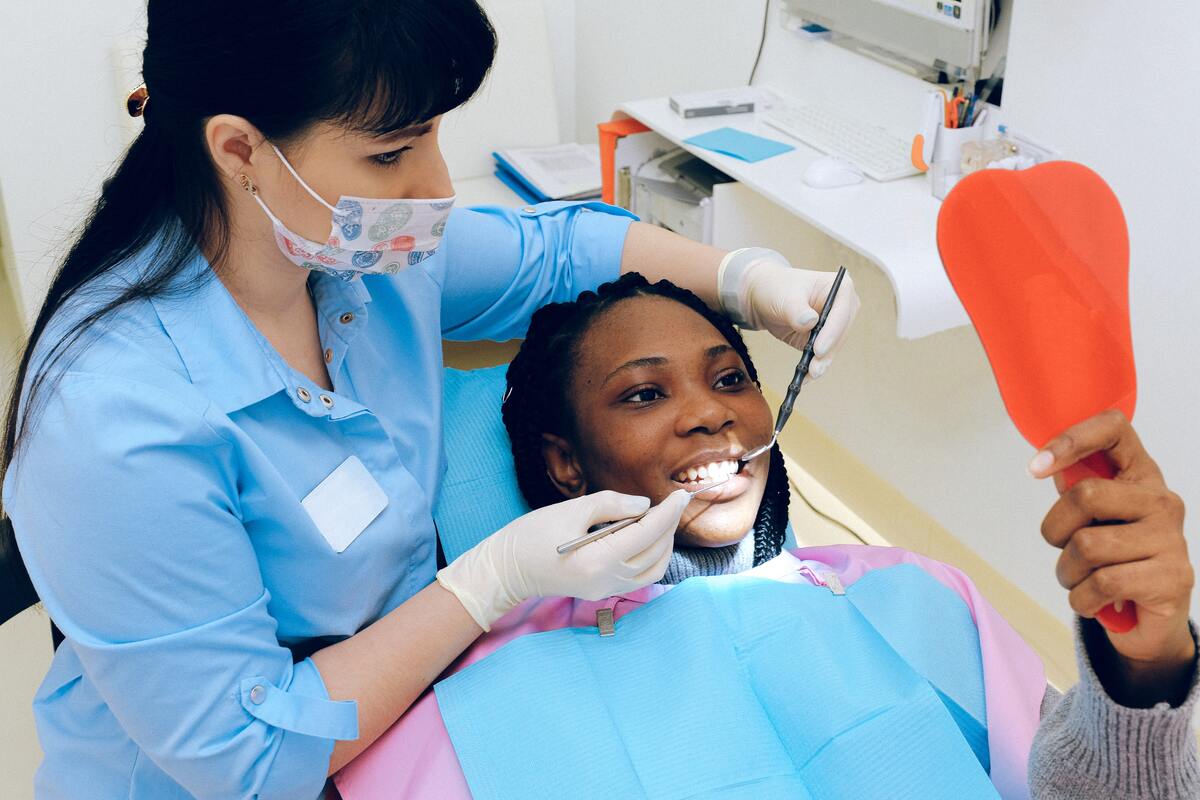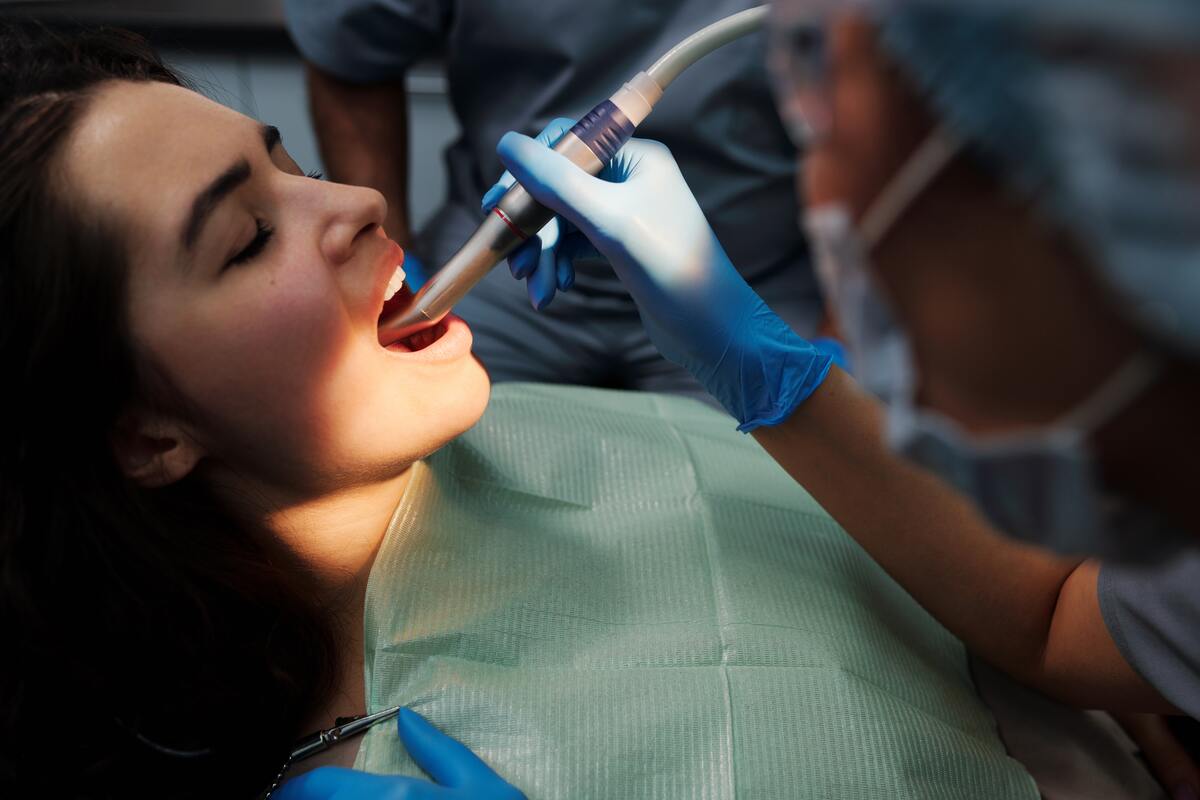Introduction:
PRF In Dentistry- Platelet-Rich Fibrin (PRF) has emerged as a revolutionary advancement in dentistry, revolutionising the field of regenerative medicine. PRF is a natural healing material derived from the patient’s own blood, and its application has gained significant attention due to its potential therapeutic benefits. It is a concentrated form of platelets, growth factors, Prf in Dentistry and cytokines that can be utilised in various dental procedures to enhance tissue healing and promote regeneration.
PRF is prepared by a simple and minimally invasive procedure that involves collecting a small amount of the patient’s blood, which is then centrifuged to separate the different components. The resulting product is a fibrin matrix rich in platelets, leukocytes, and growth factors. This matrix can be used as a standalone graft or in combination with other biomaterials to improve outcomes in procedures such as implant placement, bone grafting, periodontal surgeries, and extraction socket preservation.
The main advantage of PRF lies in its autologous nature, meaning it comes from the patient’s own body, eliminating the risk of immune reactions or disease transmission. Additionally, PRF contains high concentrations of growth factors, including platelet-derived growth factor (PDGF), transforming growth factor-beta (TGF-β), and vascular endothelial growth factor (VEGF), which play crucial roles in tissue regeneration, angiogenesis, and wound healing.
By harnessing the regenerative properties of PRF, dental professionals can accelerate healing, reduce postoperative complications, enhance bone and soft tissue regeneration, and improve overall treatment outcomes. Furthermore, PRF offers a cost-effective and minimally invasive alternative to traditional grafting techniques, making it an attractive option for both patients and practitioners.
How is Platelet-Rich Fibrin (PRF) prepared in dentistry?
Platelet-Rich Fibrin (PRF) is prepared in dentistry using a straightforward and minimally invasive technique. The process begins by collecting a small amount of the patient’s blood, usually from their arm, using a sterile venipuncture technique. The blood is then placed in a specially designed collection tube that facilitates the formation of a fibrin clot.
The tube typically contains no anticoagulant, allowing the blood to naturally coagulate. After centrifugation, the blood components separate into three distinct layers. The bottom layer consists of red blood cells, which are typically discarded. The middle layer contains a fibrin clot, and the top layer contains platelet-rich plasma (PRP). The fibrin clot is carefully removed and processed to obtain PRF.
To obtain PRF, the fibrin clot is compressed or squeezed between sterile gauze or using a specific device called a PRF box. This compression releases the liquid portion of the clot, which is rich in platelets, growth factors, and cytokines, while retaining the fibrin matrix. The resulting PRF is a gel-like substance with a dense network of fibrin that acts as a scaffold for tissue regeneration and healing.
The preparation of PRF in dentistry is a simple and efficient technique that can be performed chairside, providing immediate access to this autologous platelet concentrate. Its preparation method ensures the preservation of the patient’s own growth factors and cytokines, maximising their regenerative capabilities. The ease of preparation, along with its biocompatibility and cost-effectiveness, has contributed to the widespread adoption of PRF in various dental procedures, ultimately leading to improved patient outcomes.
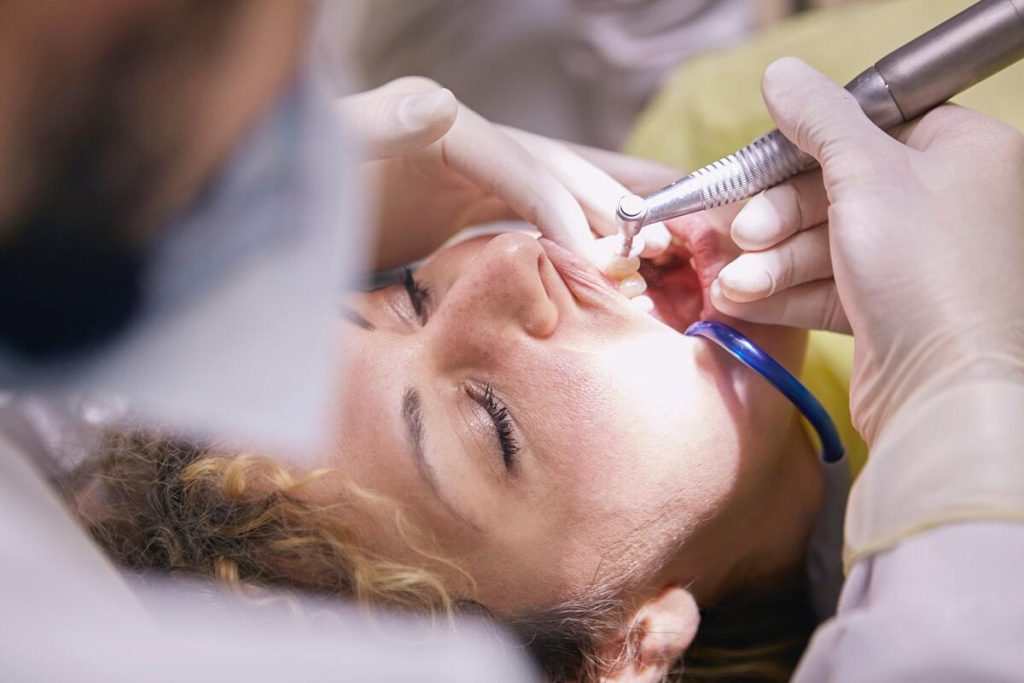
What are the main components found in PRF?
Platelet-Rich Fibrin (PRF) is composed of several key components that contribute to its regenerative properties. The main components found in PRF include platelets, leukocytes, growth factors, cytokines, and a fibrin matrix.
Platelets are a crucial component of PRF as they play a pivotal role in the healing and regenerative processes. Platelets release growth factors, such as platelet-derived growth factor (PDGF), transforming growth factor-beta (TGF-β), vascular endothelial growth factor (VEGF), and insulin-like growth factor (IGF). These growth factors stimulate cell proliferation, angiogenesis (formation of new blood vessels), and tissue regeneration.
Leukocytes, another component of PRF, are involved in the immune response and the modulation of inflammation. They release various cytokines, such as interleukin-1 (IL-1), interleukin-4 (IL-4), and tumour necrosis factor-alpha (TNF-α). These cytokines regulate the inflammatory response, aid in tissue repair, and promote wound healing.
The growth factors and cytokines found in PRF are vital for promoting tissue healing and regeneration. They have the potential to enhance cell migration, proliferation, and differentiation, facilitating the regeneration of bone, connective tissue, and blood vessels.
The fibrin matrix in PRF serves as a natural scaffold for tissue regeneration. It forms a three-dimensional network that supports cell migration, adhesion, and proliferation. The fibrin matrix also acts as a protective barrier, shielding the regenerating tissues and promoting their proper organisation.
What are the applications of PRF in dental implant procedures?
Platelet-Rich Fibrin (PRF) has gained significant recognition and utilisation in dental implant procedures due to its numerous applications and benefits. PRF can be employed at different stages of the implant treatment process to enhance the overall outcomes and promote successful osseointegration.
During the surgical phase of dental implant placement, PRF can be utilised in socket preservation, which involves the placement of PRF into the extraction socket after tooth removal. This application promotes blood clot stabilisation, reduces the rate of bone resorption, and preserves the bone volume, creating a favourable environment for future implant placement. This combination can promote accelerated bone healing, enhance bone formation, and improve the integration of the graft with the surrounding tissues.
In the prosthetic phase of dental implant treatment, PRF can be applied around implant abutments or incorporated into the fabrication of implant-supported prostheses. By doing so, PRF aids in tissue healing, reduces the risk of peri-implantitis, and promotes the stability of the peri-implant soft tissues.
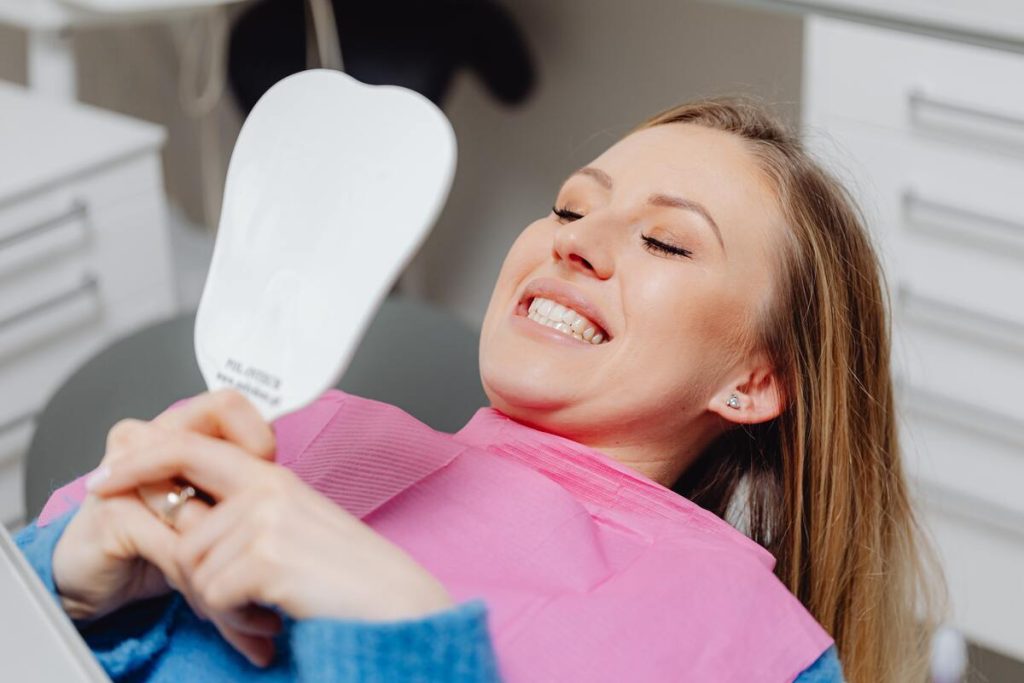
How does PRF promote bone regeneration in dental treatments?
Platelet-Rich Fibrin (PRF) plays a crucial role in promoting bone regeneration in dental treatments through its unique composition and regenerative properties. The growth factors and cytokines present in PRF stimulate cell migration, proliferation, and differentiation, ultimately leading to the formation of new bone tissue.
PRF contains various growth factors such as platelet-derived growth factor (PDGF), transforming growth factor-beta (TGF-β), vascular endothelial growth factor (VEGF), and insulin-like growth factor (IGF). These growth factors act as powerful stimulators of bone cell activity. PDGF, for example, promotes the migration and proliferation of osteoblasts, which are responsible for bone formation.
TGF-β plays a vital role in the differentiation of mesenchymal stem cells into osteoblasts and the production of extracellular matrix components necessary for bone formation. VEGF stimulates angiogenesis, facilitating the formation of new blood vessels that are essential for the supply of oxygen and nutrients to developing bone tissue. IGF promotes cell proliferation and enhances the synthesis of bone matrix proteins.
These cytokines play a crucial role in modulating the inflammatory response and promoting tissue repair and regeneration. They attract immune cells, regulate the activity of osteoblasts and osteoclasts, and stimulate bone remodelling processes.
Can PRF be used in periodontal surgeries? If so, how?
Yes, Platelet-Rich Fibrin (PRF) can be effectively used in periodontal surgeries, offering several advantages in the management of periodontal conditions. PRF can be applied in various ways to promote tissue healing, enhance periodontal regeneration, and improve treatment outcomes.
One application of PRF in periodontal surgeries is its use as a barrier membrane in guided tissue regeneration (GTR) procedures. In GTR, PRF acts as a biocompatible membrane, preventing the migration of epithelial cells into the defect site while allowing for the selective repopulation of periodontal ligament cells and bone-forming cells. This helps in the regeneration of periodontal tissues by creating a secluded space that supports the growth of new bone, cementum, and periodontal ligament fibres.
PRF can also be utilised in periodontal flap surgeries to enhance wound healing and minimise postoperative complications. When placed over the surgical site, PRF promotes blood clot stabilisation, reduces postoperative bleeding, and accelerates soft tissue healing. The growth factors and cytokines present in PRF stimulate the migration and proliferation of cells involved in wound repair, leading to faster and more predictable healing.
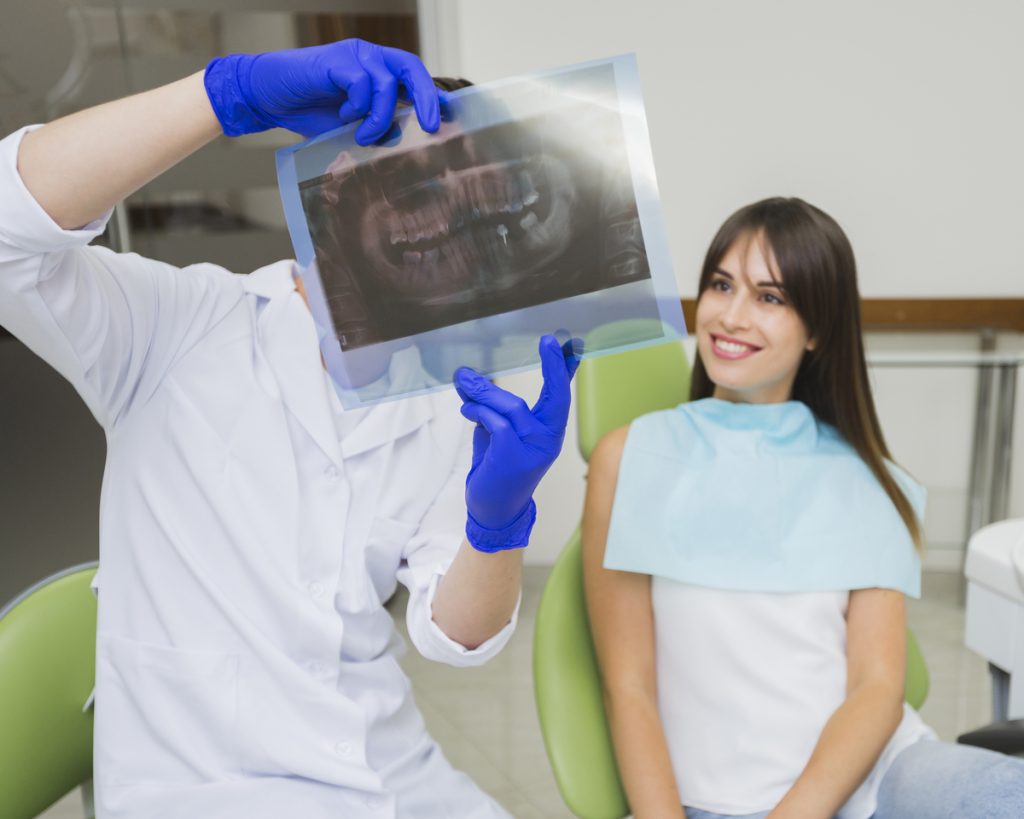
What are the advantages of using PRF compared to traditional grafting techniques?
The use of Platelet-Rich Fibrin (PRF) in various dental procedures offers several advantages over traditional grafting techniques, making it an attractive option for clinicians and patients alike.
One significant advantage of PRF is its autologous nature. PRF is derived from the patient’s own blood, eliminating the risk of immune reactions or disease transmission associated with allogeneic or xenogeneic grafting materials. This not only enhances the biocompatibility of PRF but also simplifies the treatment process as there is no need for additional donor materials.
PRF also contains a high concentration of platelets, growth factors, and cytokines. These bioactive components are naturally occurring in the patient’s blood and play a vital role in the healing and regenerative processes. By utilising PRF, these beneficial factors are concentrated and delivered directly to the treatment site, promoting tissue healing, angiogenesis, and bone regeneration.
Compared to traditional grafting techniques, PRF is relatively simple to prepare and use chairside. The blood collection and centrifugation process to obtain PRF can be performed in the dental office, eliminating the need for external laboratory processing. This saves time and allows for immediate application of PRF during the same visit, improving treatment efficiency and patient convenience.
Are there any potential risks or complications associated with PRF in dentistry?
While Platelet-Rich Fibrin (PRF) has proven to be a safe and biocompatible material, there are a few potential risks and complications associated with its use in dentistry, although they are relatively rare and usually mild in nature.
Another potential complication is improper wound healing or delayed healing. Although PRF is intended to promote tissue regeneration and accelerate healing, individual patient factors and other variables may affect the healing process. Patients with underlying systemic conditions, compromised immune systems, or poor oral hygiene may experience slower or impaired healing. Close monitoring and appropriate management of such cases are necessary to address any complications promptly.
There may also be a risk of allergic reactions, although they are extremely rare. PRF is derived from the patient’s own blood, reducing the risk of allergic responses compared to allogeneic or xenogenic materials. However, patients with a history of allergies or hypersensitivity should be evaluated and monitored closely for any adverse reactions.
While PRF has shown promising results in various dental procedures, including implant dentistry and periodontal treatments, the extent and longevity of its effects may vary among individuals. Further studies and clinical trials are needed to better understand the optimal protocols, dosage, and long-term outcomes associated with PRF usage.
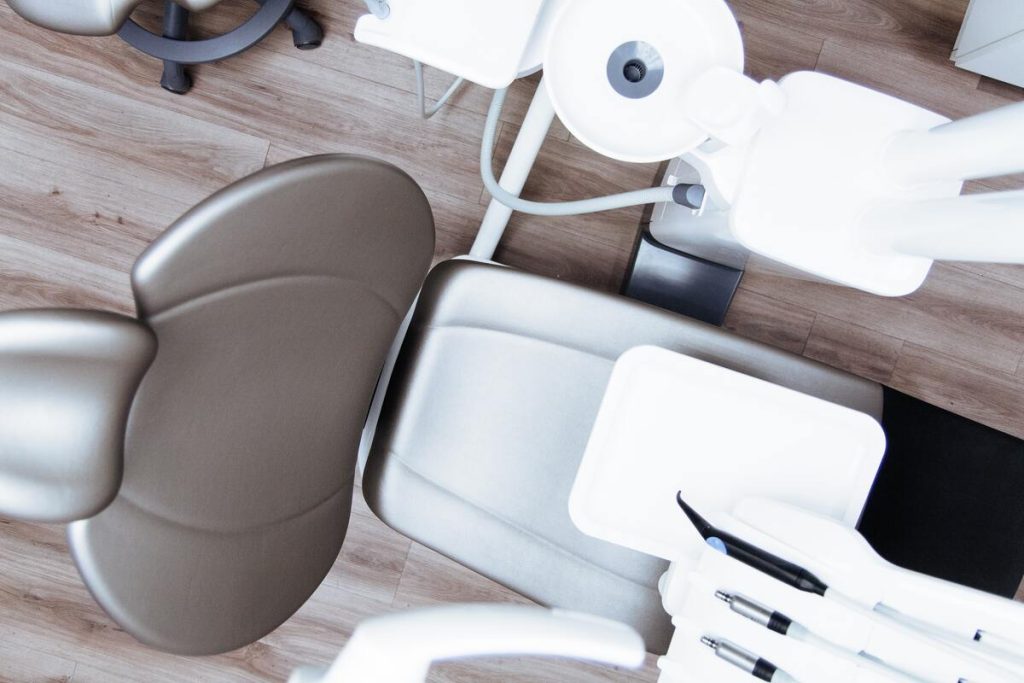
Is PRF a cost-effective option for patients seeking regenerative dental treatments?
Platelet-Rich Fibrin (PRF) offers a cost-effective option for patients seeking regenerative dental treatments. Compared to other commercially available grafting materials, PRF utilises the patient’s own blood, eliminating the need for expensive allogeneic or xenogeneic grafts. The collection and preparation of PRF can be performed in the dental office, avoiding additional laboratory costs associated with external processing. This makes PRF a cost-efficient solution, reducing the financial burden on patients.
Furthermore, the autologous nature of PRF eliminates the costs and potential risks associated with using donor materials. There is no need for extensive testing or screening processes, ensuring the safety of the treatment while saving costs. PRF also eliminates the need for additional surgical procedures or complex grafting techniques, which can be costly.
While the cost-effectiveness of PRF is apparent, it is important to note that the overall cost may vary depending on individual treatment needs and the complexity of the case. Dentists should provide transparent information to patients regarding the costs involved and help them make informed decisions.
Conclusion:
Platelet-Rich Fibrin (PRF) is a revolutionary advancement in the field of dentistry that has garnered significant attention and adoption in recent years. This autologous platelet concentrate offers numerous benefits and has transformed various dental procedures, ranging from implant dentistry to periodontal treatments and oral surgery.
PRF is derived from the patient’s own blood, making it a safe and biocompatible option for promoting tissue healing and regeneration. Its high concentration of platelets, growth factors, and cytokines accelerates the body’s natural healing process and enhances the outcomes of dental interventions. By harnessing the regenerative potential of PRF, dentists can achieve improved wound healing, reduced postoperative complications, and enhanced osseointegration.
It’s easy chairside preparation and application add convenience to dental procedures without significantly increasing treatment time or expenses. As a result, PRF has become a valuable adjunct to conventional dental techniques, contributing to better patient outcomes and overall satisfaction.

